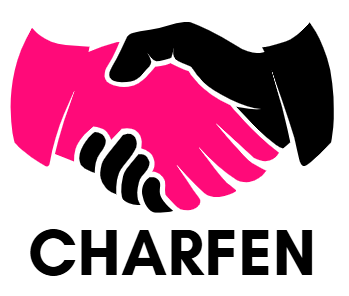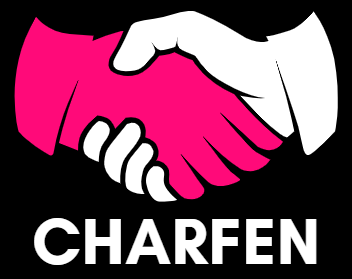Advertisement
If you’re an HR leader considering a multi‑employer 401(k) plan, you might wonder if it’s the right choice for your organization. These plans offer several benefits but come with their own set of challenges. This article explores the three critical themes HR leaders must understand when deciding whether to join a multi‑employer 401(k): risk, cost, and control. If you need guidance on how to navigate these considerations, reach out to Green Leaf Business Solutions.
1. Risk: Know Who Is Responsible
When multiple employers participate in a single retirement plan, the risk is shared, but so is the responsibility. A major concern with multi‑employer 401(k) plans is liability. Any failure on the part of one employer can affect the entire plan.
While pooling resources often reduces costs, it also means that if one employer fails to meet its obligations, the entire plan could face penalties or disqualification. Compliance failures, such as incorrect contribution reports or eligibility errors, can cause the whole plan to be audited or sanctioned.
Fun fact: The “one bad apple” rule used to mean that one mistake could disqualify the entire plan, but recent changes have reduced that risk in some multi‑employer plans.
Before committing to a multi‑employer plan, be sure to assess the track record of the plan sponsor. Who monitors compliance? What happens if another employer in the plan is negligent? Understanding your liability and ensuring you’re adequately protected is key to mitigating risk.
2. Costs: Shared Savings and Shared Expenses
Cost efficiency is one of the main reasons HR leaders are drawn to multi‑employer 401(k) plans. By pooling with other employers, you can often secure lower administrative fees, more robust investment options, and simplified compliance management. However, while costs may be lower on paper, there are still potential hidden expenses.
Sharing administrative responsibilities means you won’t have to bear the full cost of maintaining a retirement plan, which is especially advantageous for smaller organizations. However, you must still account for contributions, payroll coordination, and potential additional expenses if other employers in the plan cause complications. Moreover, certain changes to the plan may result in unexpected costs, so it’s essential to remain vigilant.
Fun fact: Pooling plans can sometimes lead to institutional‑fund access, meaning better investment choices for employees than what a standalone small employer plan could offer.
For an HR leader, this means requesting a full breakdown of the costs involved in the plan. Ask for a transparent outline of administration, audit, and investment fees. Comparing these with the costs of managing a single‑employer 401(k) plan will give you a clearer picture of the true value of joining a multi‑employer arrangement.
3. Control: Balancing Convenience with Oversight
One of the key benefits of a multi‑employer 401(k) plan is that it takes much of the administrative burden off your shoulders. When you join such a plan, many of the tasks, like plan administration, enrollment, fiduciary support, and compliance, are handled by the plan sponsor. For an HR department, this can feel like a major relief, freeing up resources and time for other critical functions.
However, relinquishing administrative control does not mean you can forget about the plan entirely. As an employer, you still have fiduciary responsibilities. This includes ensuring that contributions are made on time, verifying that employees receive the necessary disclosures, and making sure that investment options are aligned with legal and ethical standards.
Fun fact: Employers participating in an MEP sometimes will shift fiduciary liability to the plan sponsor, but those firms should still ask: “What’s my share of oversight?”
It’s vital to strike the right balance between delegating administration and maintaining sufficient oversight. Make sure the plan provider is clear about what responsibilities they take on, and what remains in your hands. Also, ensure that you have regular reviews to monitor the plan’s performance and address any compliance issues.
4. Putting It All Together: A Checklist for HR Leaders
Before jumping into a multi‑employer 401(k) plan, ask yourself and your team these key questions:
- Risk: What are the liability implications if another employer fails to comply with the plan’s requirements?
- Cost: What are the true costs involved, including any hidden fees? How do these costs compare to a stand‑alone plan?
- Control: How much oversight will you retain, and how much responsibility will be passed to the plan sponsor? Are you comfortable with the balance of control?
- Employee Value: Will this plan offer competitive retirement benefits that will attract and retain talent?
- Provider Credibility: Does the plan sponsor have a strong track record for compliance and plan management?
Multi‑employer 401(k) plans can offer HR leaders a chance to provide valuable retirement benefits to employees with less administrative effort. When chosen carefully, these plans offer cost savings, streamlined operations, and better investment options. However, they require careful consideration of the risks involved, cost transparency, and maintaining adequate control over key responsibilities.
By following the checklist and asking the right questions, you can determine whether a multi‑employer 401(k) plan aligns with your company’s goals and compliance standards. Ultimately, these plans can be a win-win for both employers and employees when managed thoughtfully and with foresight.












